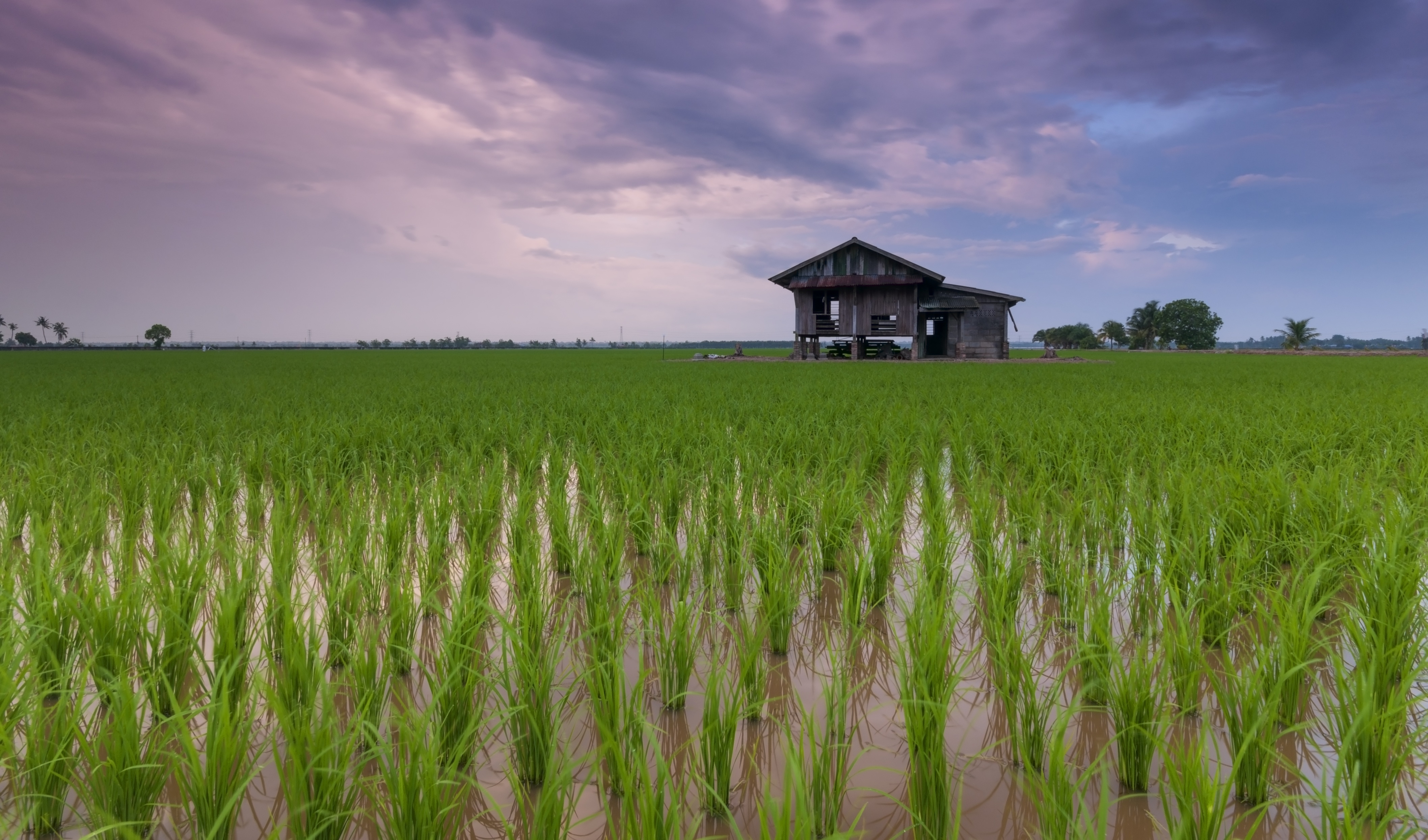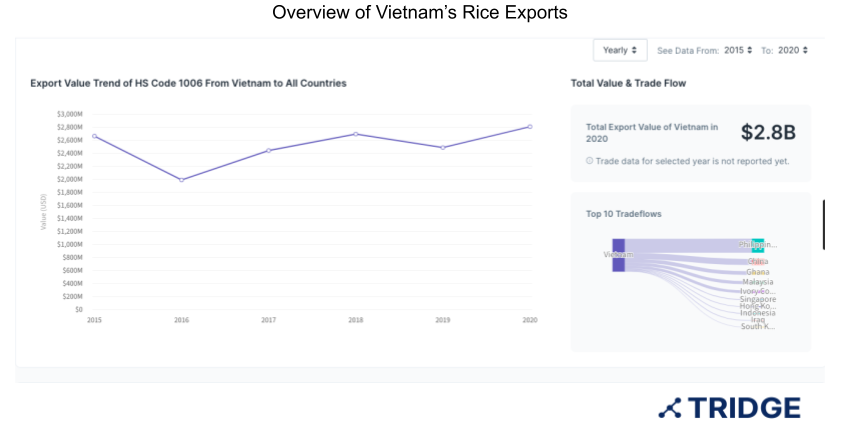Vietnam’s Decision to Cut GHG Emissions to have a Global Impact on Rice Trade

Rice in Vietnam is the country’s main staple food and the country ranks 5th in global production of rice, Mekong River Delta and the Red River Delta, account for 70% of the country’s total production. USDA has forecasted that Vietnam’s 2020/21 rice production at 27.0 million metric tons (milled basis), down 1% from last year and down 2% from the 5-year average. Similarly, the area under rice cultivation is forecasted at 7.4 million hectares, down 1% from last year and down 3% from the 5-year average. Since 2016/17, rice production and the area under cultivation in Vietnam have declined.
In recent times, rice farming in the Mekong is facing a double challenge - rising emissions from rice cultivation and changing climate which is making rice cultivation a difficult process in the region. Recently, Greenhouse gas emissions (GHG) caused by agriculture production activity have increased dramatically, accounting for 18% of Vietnam's total emissions. It is estimated that GHG emissions will reach over 120 million tons of CO2 equivalent by 2030, and 50% of the total methane will be caused by rice production.

Against this backdrop, Vietnam’s Prime Minister Pham Minh Chinh joined 109 countries in pledging to reduce methane emissions by 30% by 2030. The aim is to reduce the size of land under rice cultivation in the Delta by 300,000 hectares (741,315 acres), 20% less than the 1.5 million hectares (3.7 million acres) planted in 2021. However, this will not be an easy task as rice is one of the key exports and a staple food for the Vietnamese population. Reducing rice exports may create a disruption in trade dynamics as the country exports more than 6 million tons of rice per year, or nearly 10% of total global rice exports.

Source: Tridge. Trade Data.
The farmers will have to shift away from intensive rice cultivation to other commodities like fruits and vegetables. The environmental pressure has encouraged the Vietnamese government to develop alternatives to the “rice first” policy, and encourage people to grow fruit or set up fish and seafood farms. Given the popularity of rice in Vietnam as a staple diet, a fall in production might result in creating a shortage and raising the prices of prices. In terms of global impact, reducing the area under rice cultivation is likely to be felt by Vietnam’s top destinations like the Philippines, China, Malaysia, and Ghana. If Vietnam’s rice production falls in the coming years, they will have to start importing from Thailand and India - which are the two largest exports of rice in the world.
Sources
- Al Jazeera. “Vietnam reconsiders methane-emitting rice amid climate crisis.”
- Vietnam Net. “Vietnam’s agriculture: from local to a global mindset.”
- Tridge. Trade Data.